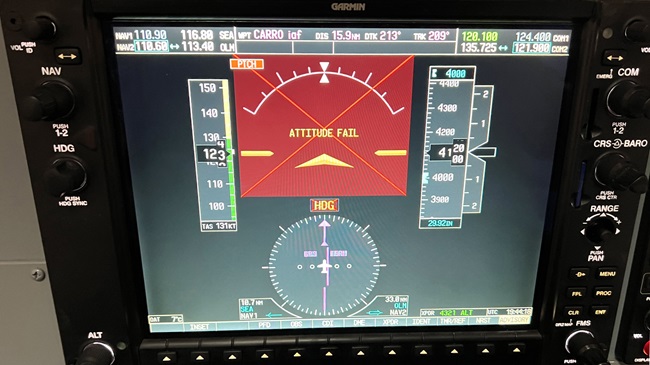IFR Fix: The drone factor
The sightings are split-second events, and the objects spotted don’t always appear where you’d expect during an instrument approach.
Not a bird, not a plane.
“The new reality,” wrote a corporate jet pilot after a close call, is that low-altitude drones “are increasingly invading arrival and departure corridors around airports” as unmanned aircraft proliferate.
“As pilots, we have become quite accustomed to looking for conflicting full sized aircraft traffic and relying on TCAS to provide an additional layer of awareness and safety,” the pilot wrote. “In a large metro area, at relatively low altitude, close in to an airport, it is just not part of the normal traffic scan to be looking below the aircraft unless helicopter traffic has been called or TCAS indicates a potential threat.”
The pilot went on to assign accountability for “these threats to aviation safety” whose “small size, haphazard flight paths, and unregulated operations” make them tough to spot.
No question, the drone-integration process is a work in progress, not to be litigated here.
What manned-aircraft pilots should embrace, meanwhile, is an emerging need for a new brand of awareness.
Two common elements in many Aviation Safety Reporting System reports suggest how pilots can develop and apply that awareness.
One is the recurring theme of drones showing up at altitudes much higher than safety guidelines permit. So start scanning (including below your aircraft) long before you have descended to 400 feet agl, the maximum altitude for recreational drone flights.
The other recurring theme is distraction. Drone sightings divert flight crew attention; uncertainty about what they have spotted compounds the problem. Reporting occurrences to air traffic control adds to the workloads of all involved.
About workloads and reporting: An air traffic controller working Class B airspace described a chain of consequences touched off by a reported drone sighting, according to an Aviation Safety Reporting System report’s synopsis.
“Controller reported an aircraft they were vectoring reported a near miss with a Drone. The Drone distraction and added coordination were cited as contributing to another airborne conflict between two manned aircraft.”
Pilots are required to scan for traffic when flying IFR, when weather permits. Now there’s another reason to do so.




